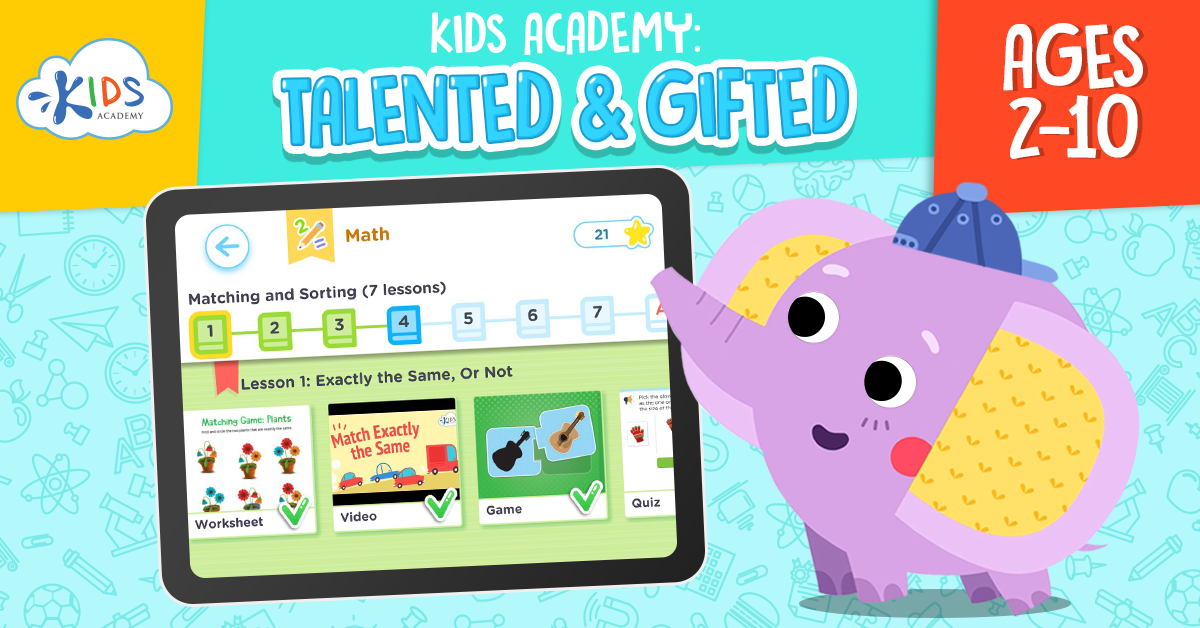Animal recognition Reading Worksheets for Ages 3-5
5 filtered results
-
From - To
Discover our engaging Animal Recognition Reading Worksheets designed specifically for children ages 3 to 5! These interactive worksheets provide a fun and educational way for young learners to identify and learn about various animals. With colorful illustrations and age-appropriate activities, kids will enhance their vocabulary, improve reading skills, and foster a love for nature. Each worksheet is tailored to stimulate cognitive development while making learning enjoyable. Perfect for home or classroom use, our resources support early literacy by encouraging curiosity and exploration. Start your child's adventure into the animal kingdom today with these delightful, educational worksheets!
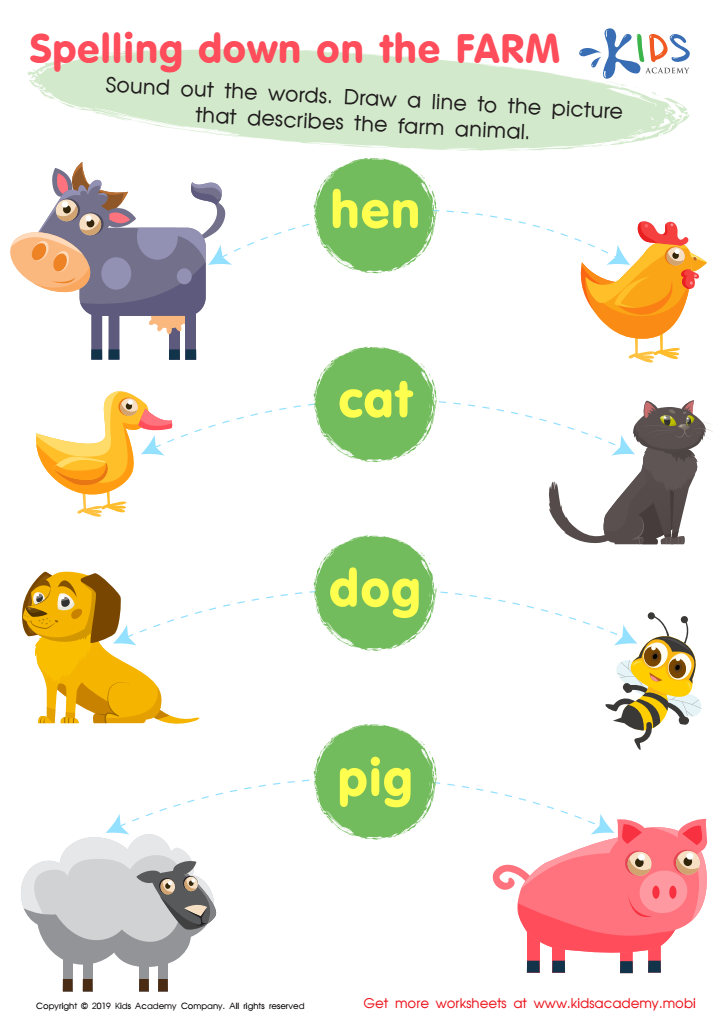

Spelling Down on the Farm Worksheet
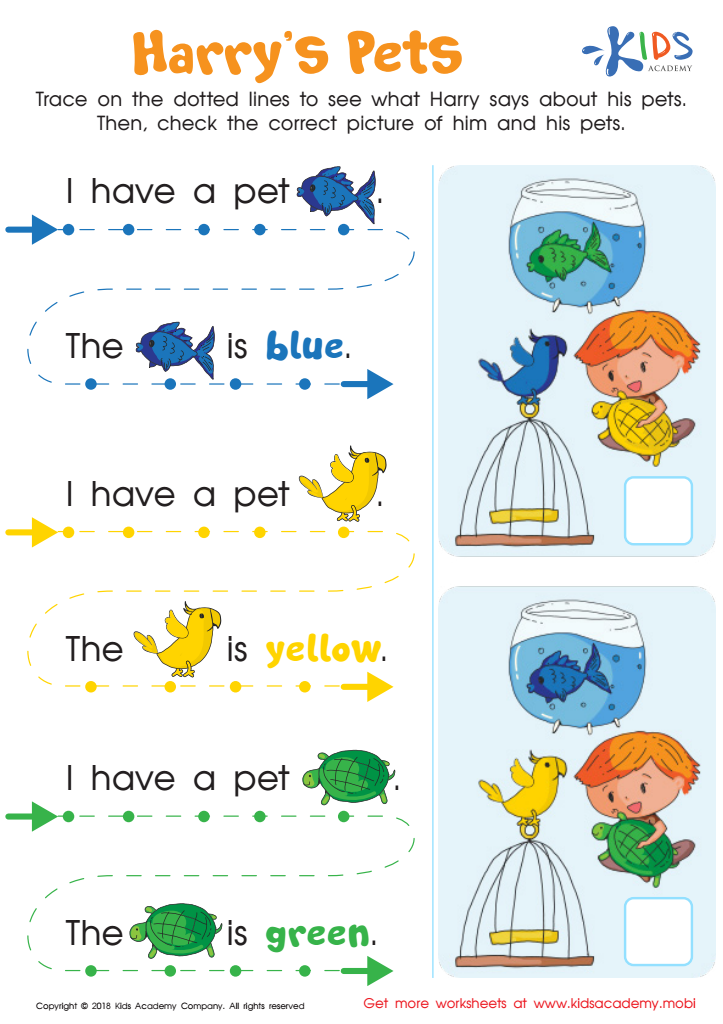

Read from Left to Right: Harry's Pets Worksheet
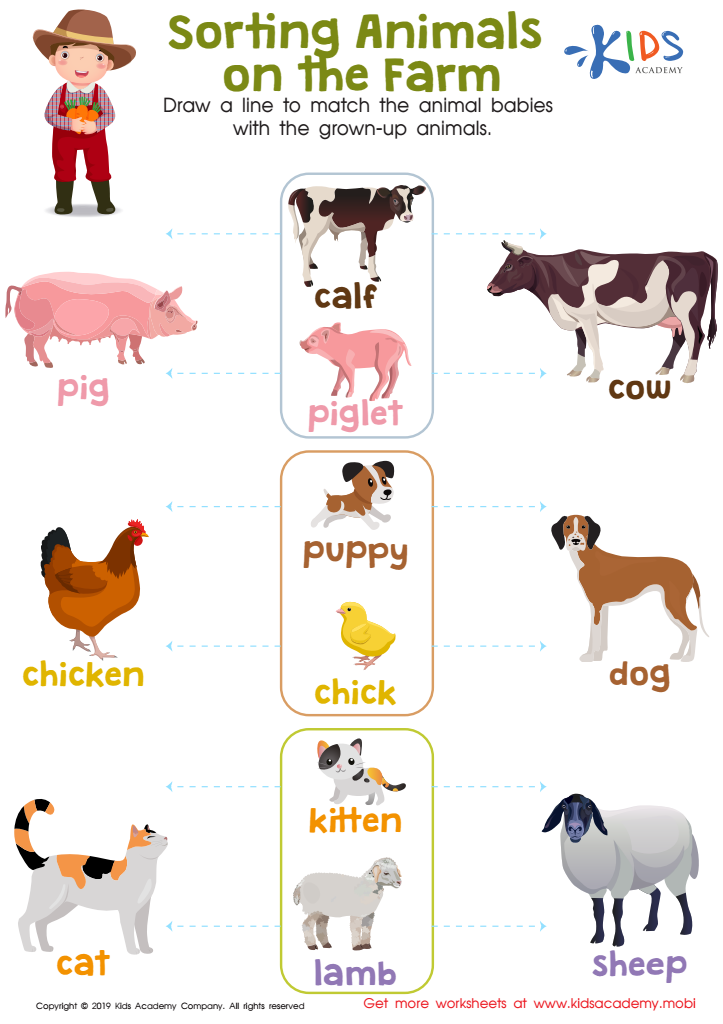

Sorting Animals on the Farm Worksheet
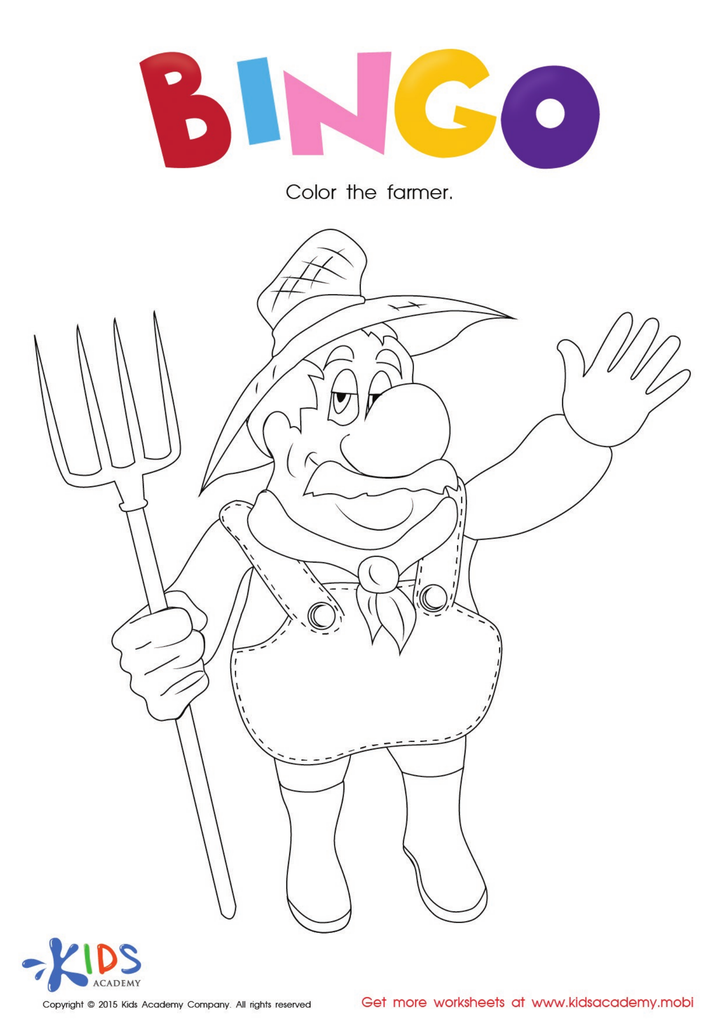

The Bingo Song: Coloring The Farmer Worksheet
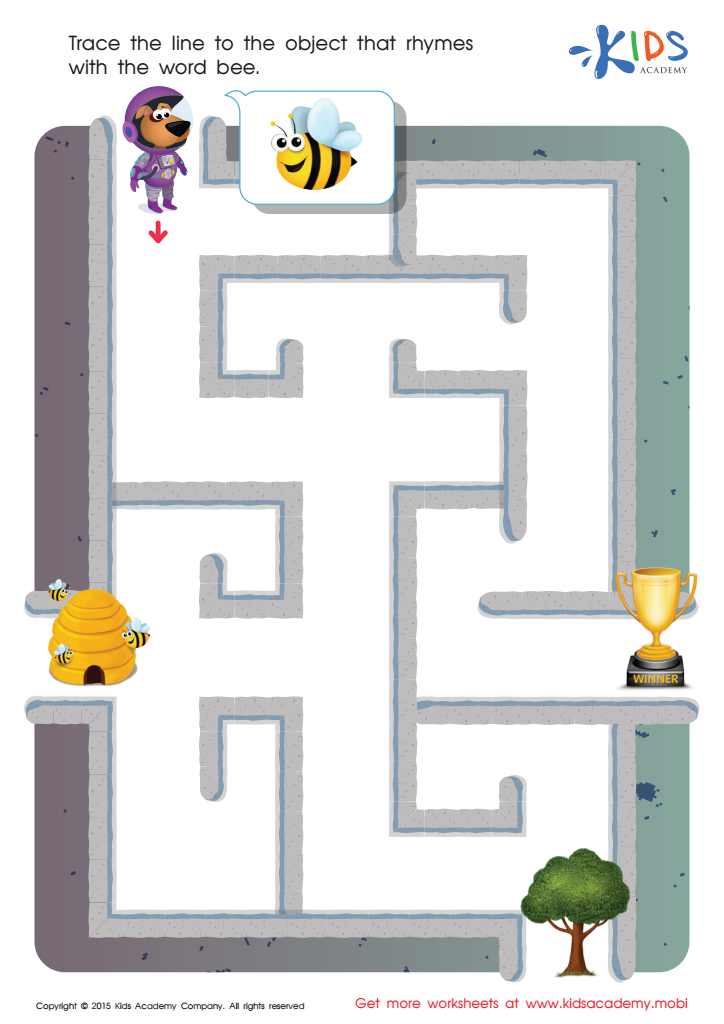

Bee Rhyming Words Worksheet
Animal recognition reading for children aged 3-5 is crucial for several reasons. First, it promotes early literacy skills, laying the foundation for future reading and comprehension abilities. When young learners engage with animal-themed books, they encounter rich vocabulary and language structures that enhance their linguistic development.
Moreover, animal recognition reading fosters curiosity and a sense of wonder about the natural world. By introducing children to different species, parents and teachers can cultivate an appreciation for biodiversity and environmental awareness from a young age. This engaged learning helps children develop critical thinking skills as they ask questions about animals, their habitats, and behaviors.
Additionally, learning about animals can aid in social-emotional development. Stories can evoke empathy and compassion, encouraging children to understand and relate to living creatures. This can translate to better interpersonal relationships, as they learn to value diversity in their friendships.
Furthermore, incorporating fun and interactive elements, such as songs, crafts, or field trips related to animal learning, makes reading a multisensory experience, enhancing engagement and retention. Overall, animal recognition reading combines essential academic skills with life lessons, making it a valuable component of early childhood education.
 Assign to My Students
Assign to My Students






.jpg)
